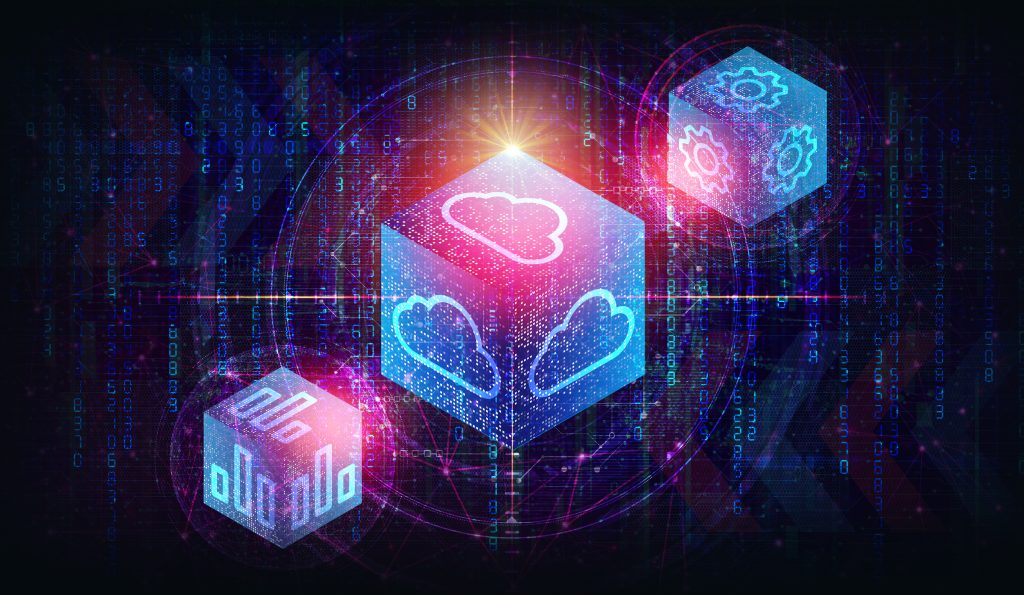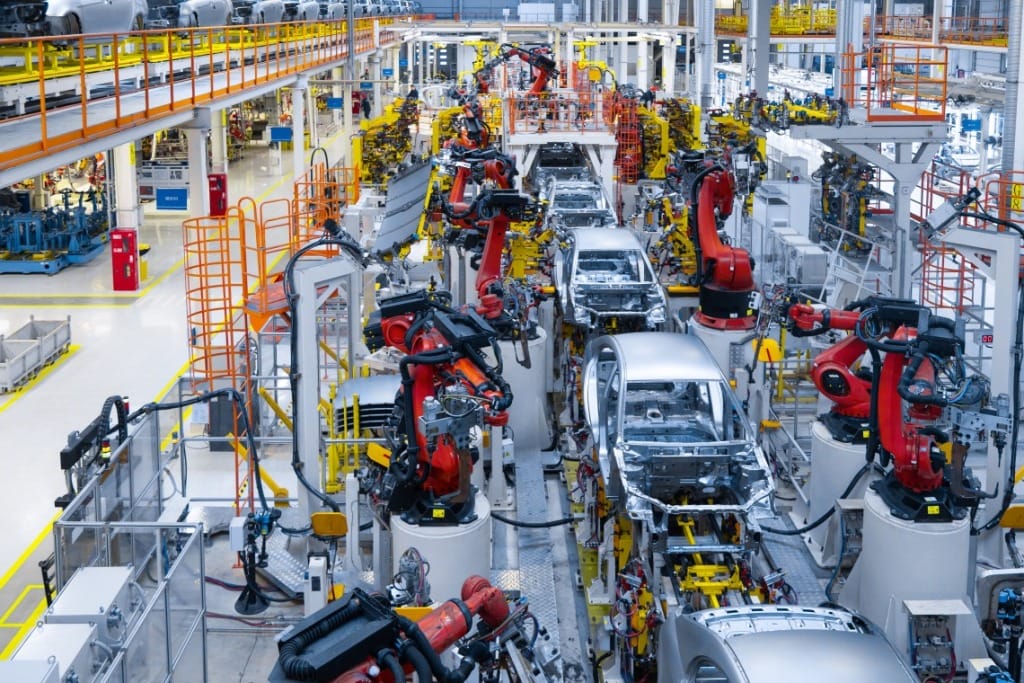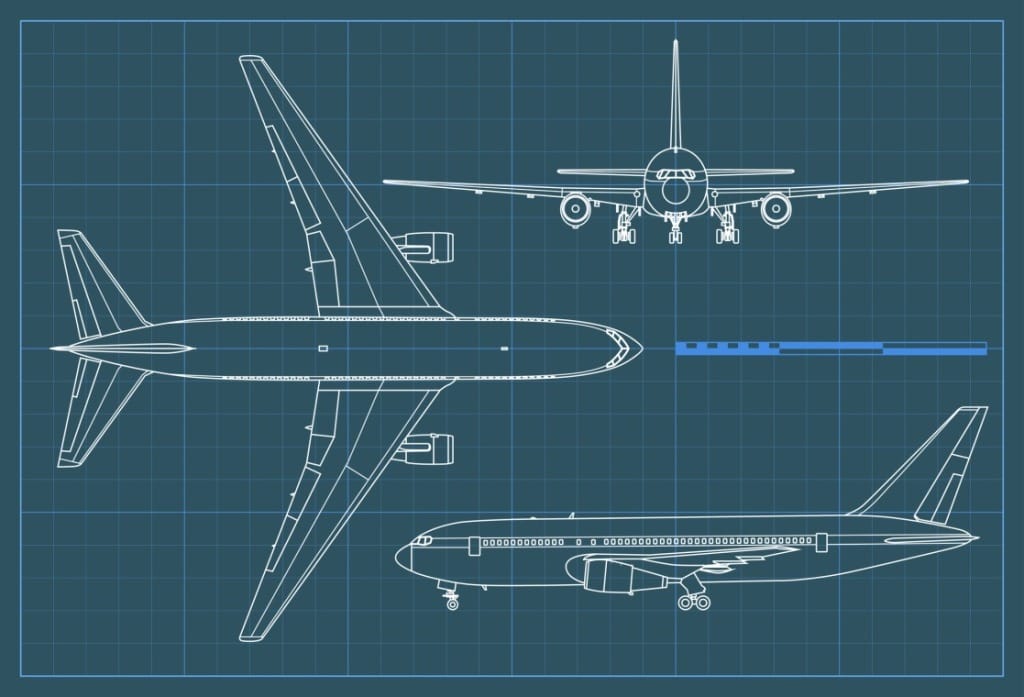Cloud Migration Strategies for Enterprises: Ensuring a Smooth Transition to the Digital Sky
Cloud migration is no longer a question of “if” but “when” and “how” for enterprises looking to thrive in the digital age. By understanding the various strategies available and partnering with experienced providers like ATMECS, organizations can ensure a smooth transition to the cloud











